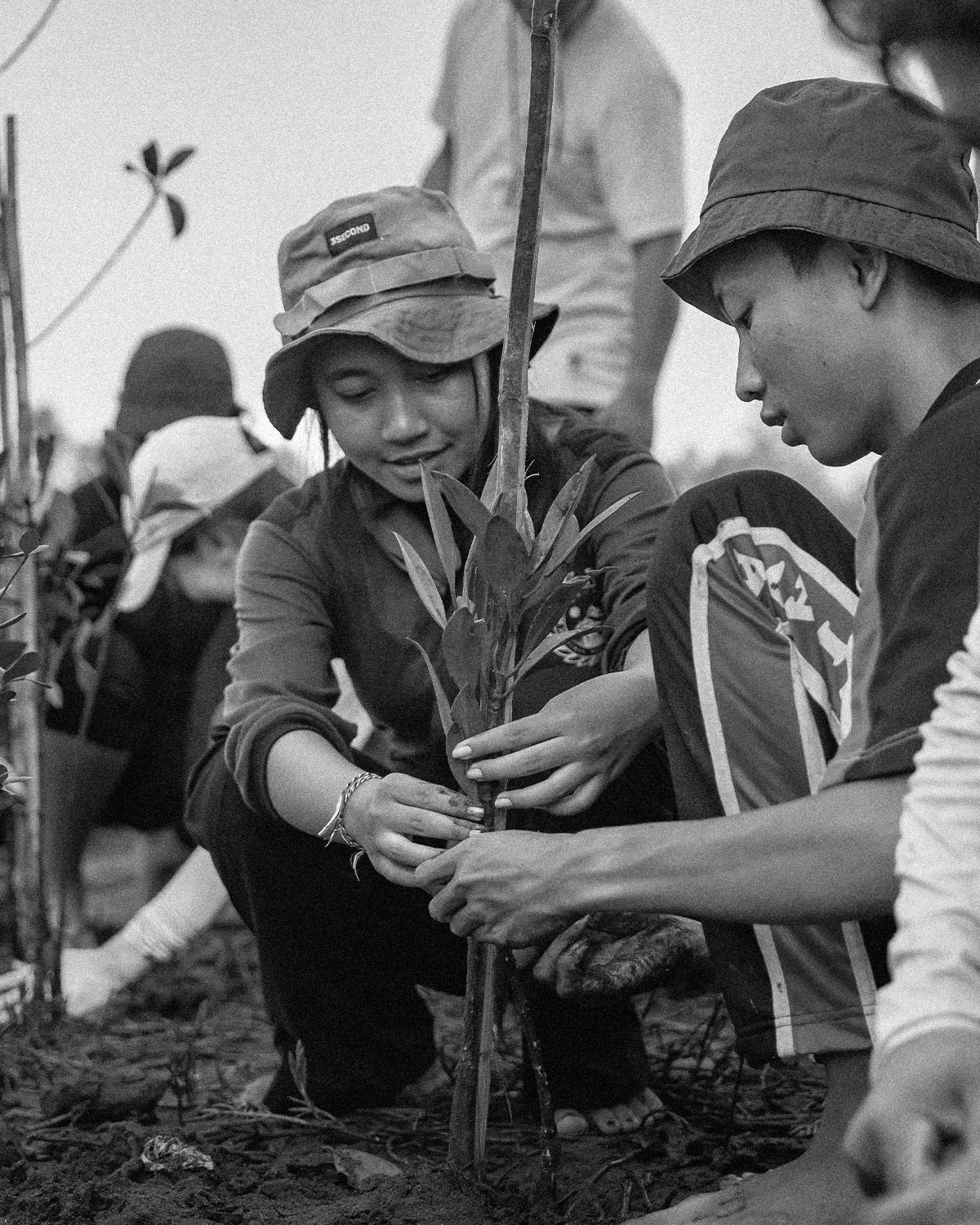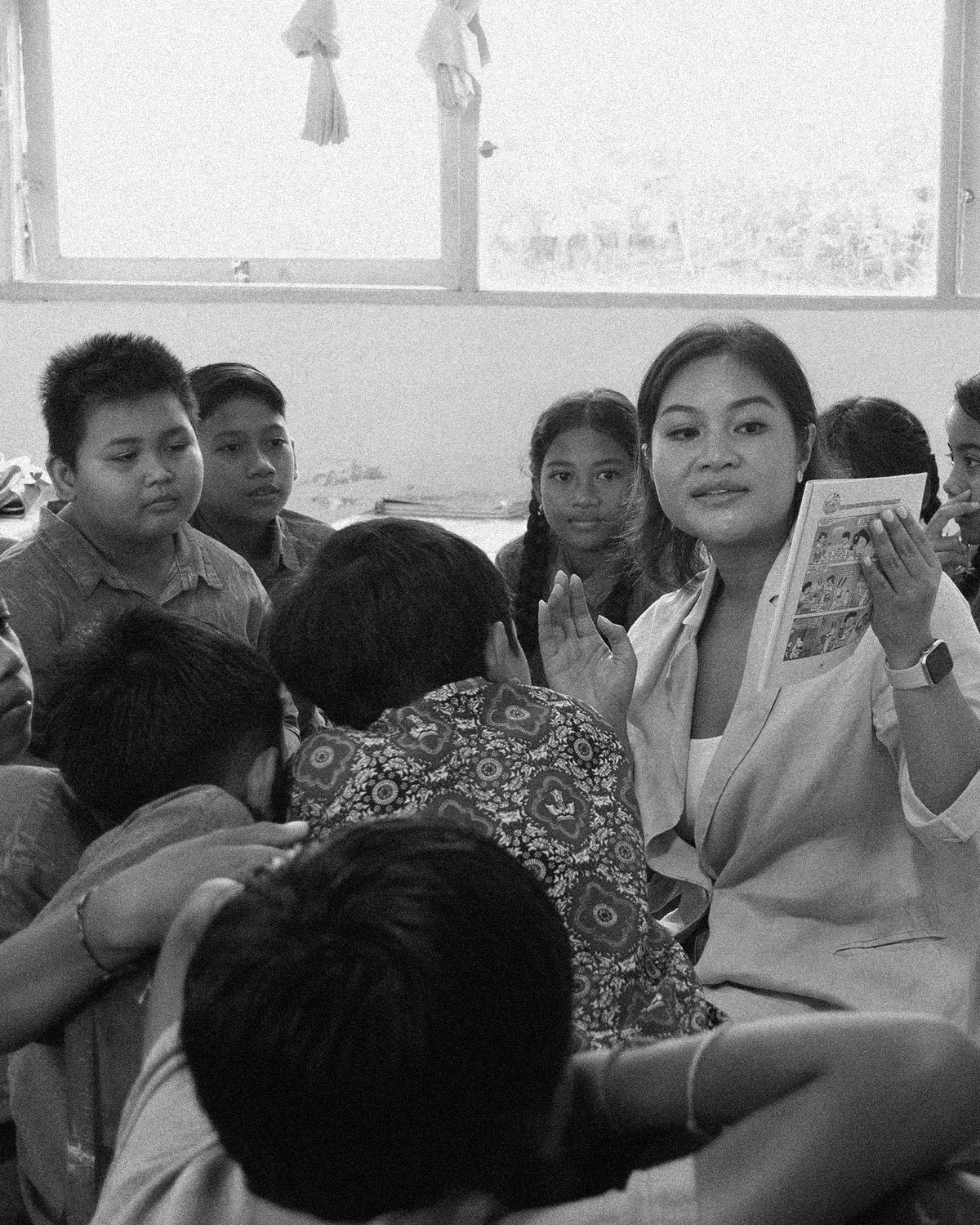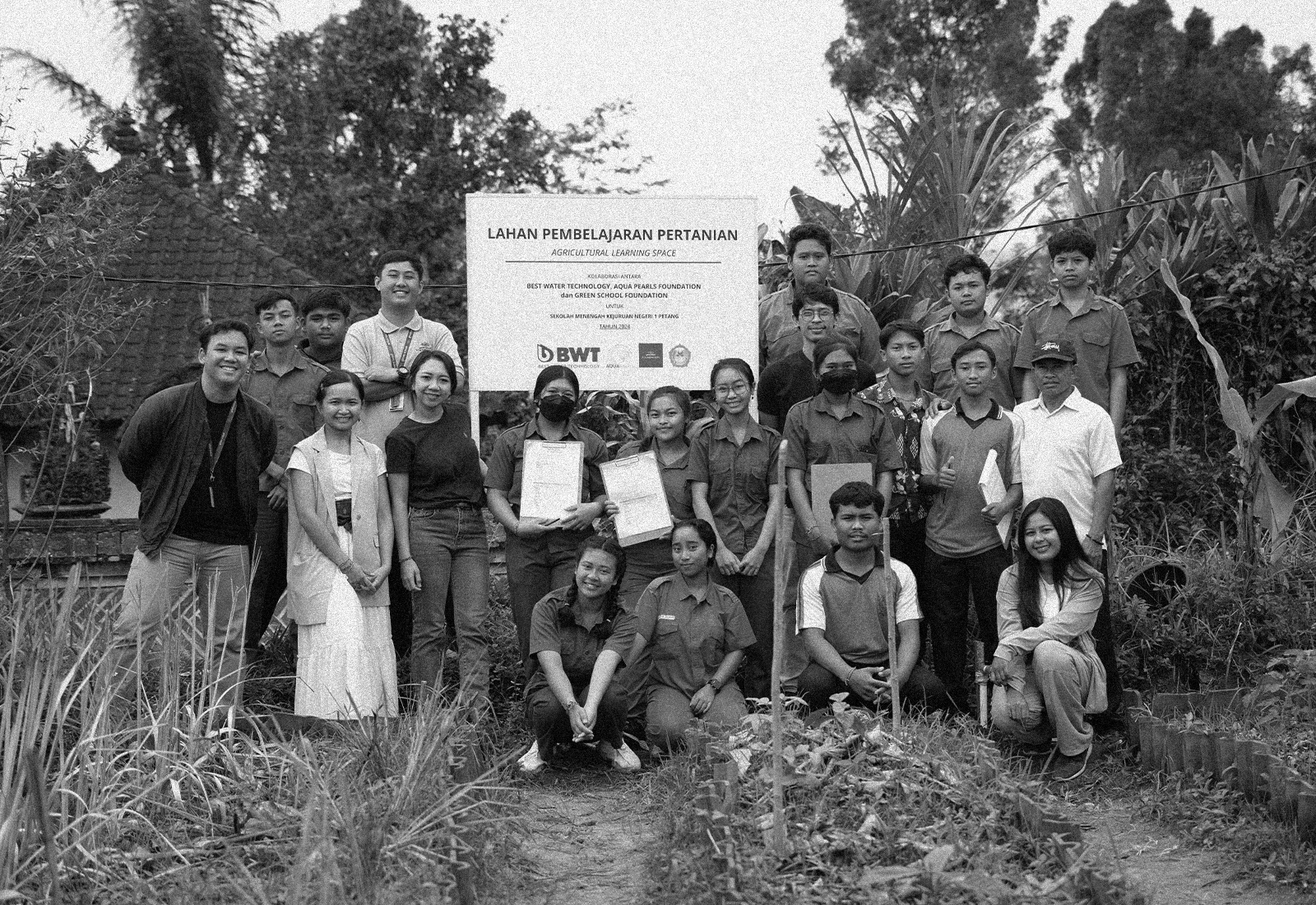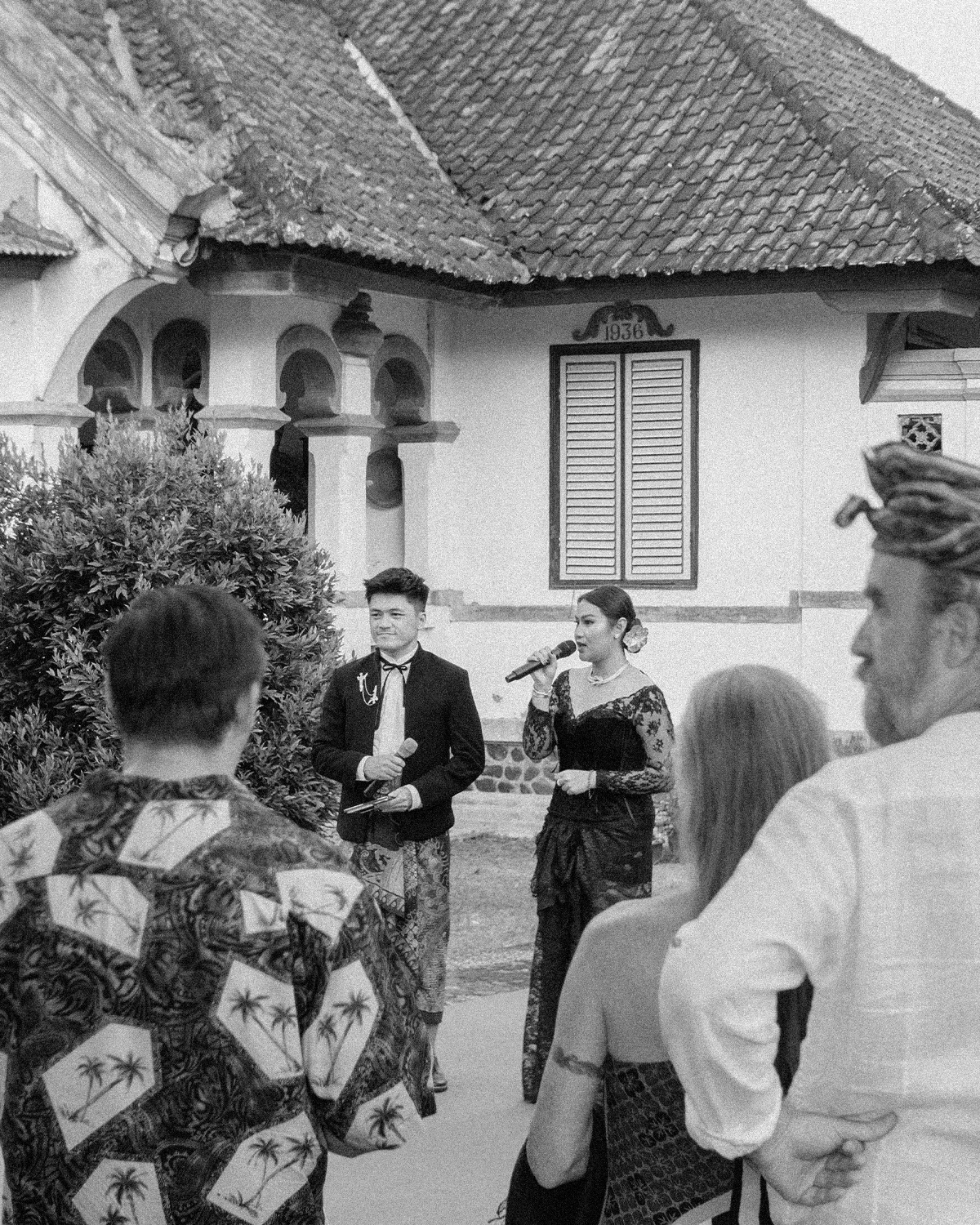THE PUNCH ARTICLES
The Green Classroom:
Raising Changemakers in Bali
Set along the Ayung River, Green School has become a global symbol of education rooted in nature, innovation, and purpose. Built from bamboo as a living laboratory, its impact extends beyond the campus through the Green School Foundation, founded in 2008 to bring sustainability education to Indonesian children.
Led by Executive Director Kania Maniasa, the Foundation runs two flagship programs: Environmental School Projects, aligned with Indonesia’s Merdeka Belajar curriculum, and Agricultural University Scholarships for children of farming families.
On September 27, its annual IGNITE 2025 gala will blend tradition, performance, and storytelling to raise vital funds. In this interview, Kania shares how Bali’s children are learning not just to live sustainably, but to lead communities toward a regenerative future.
August 22, 2025 • By The Punch Editors
INTERVIEW
'Leading the Foundation has been my way of giving back to the island and the people who raised me.'
What inspired you personally to lead the Green School Foundation, and how did your own educational journey shape that commitment?
Growing up in Bali and later studying abroad at the age of 10, I became very aware of the educational inequities that exist. I saw how powerful education can be when it carries purpose, creativity, and a connection to the land. When I came back to Bali, I felt a deep responsibility to make sure children here—especially those from farming and local communities—could also access that kind of empowering education. Leading the Foundation has been my way of giving back to the island and the people who raised me.
Can you describe how the Foundation’s Environmental School Projects integrate with Bali’s public school curriculum, particularly Merdeka Belajar?
Our programs follow Indonesia’s Merdeka Belajar framework, which focuses on project-based, student-centered learning. Through our Environmental School Projects, we bring hands-on sustainability education directly into public schools, with workshops on everything from composting and eco-bricking to food sovereignty. It’s about making sustainability practical and relevant for both students and teachers.

What does a typical workshop or project look like? Could you share an example of a memorable one that made a strong impact?
One recent project that left a lasting impression was our work with a middle school in Abiansemal, Badung, where students teamed up with Green School teachers and students to design and build their own on-campus waste management station.
The students were involved from start to finish—measuring, constructing, sorting materials, and learning the purpose of each part. It was a true hands-on experience that gave them ownership of a real solution their school needed.
Seeing that level of youth-led initiative, especially in collaboration with their peers from Green School, was a reminder of what’s possible when we trust students with responsibility and invite them into the process of change. It wasn’t just a project; it became a bridge between communities and a powerful example of sustainability in action.
How do you identify and select farming families’ children for the Agricultural University Scholarships? What values or qualities are you looking for?
We look for students who not only show academic promise but also a strong sense of responsibility to their families and communities. Many are the first in their family to pursue higher education. We consider their motivation, leadership potential, and interest in regenerative agriculture—but most importantly, we listen to their stories. Our goal is to support young people who are grounded in their communities and ready to create positive change from within.
How do scholarship recipients stay connected with the Foundation? Are there mentorship or community-building elements in place?
Absolutely. For us, the scholarship is just the starting point. We stay closely connected with our students, offering mentorship, workshops, and alumni gatherings. Many return to volunteer, share their knowledge with younger students, or even co-lead programs. Our goal is to build a strong community of changemakers who support one another and grow together.



'We believe in learning by doing. Instead of starting with big concepts, we start with the soil'
Have you seen tangible effects in local communities—like shifts in farming practices or student leadership roles—as a result of your programs?
Yes, and it’s incredibly rewarding to see. In several communities, our graduates are already applying regenerative farming techniques, even encouraging their parents to move away from chemical-based agriculture. In schools, we’ve seen students take the lead in starting compost systems or school gardens. These ripples show us that change is truly happening from the ground up.
Green School Foundation emphasizes “regenerative agriculture.” How do you convey such concepts to children who may be unfamiliar with them?
We believe in learning by doing. Instead of starting with big concepts, we start with the soil. We bring students into the garden, guide them through the composting process, and help them plant something they can nurture and harvest. Once they experience that connection firsthand, they begin to understand the principles of regeneration—restoring what we take, working with nature, and building systems that last.
Collaboration seems central to your model. How do you engage with local government, schools, and other stakeholders to ensure sustainability of these programs?
We see ourselves as partners, not providers. We work closely with local education offices to make sure our programs complement the national curriculum. We co-design workshops with teachers and hold dialogues with community leaders. Our role is to listen first and then build something together. That shared ownership is what makes the work truly sustainable.



IGNITE has become much more than a gala—it’s a movement to fund sustainability education for Indonesian youth. Can you share what IGNITE represents, and how individuals or organizations can contribute to making its impact even greater?
IGNITE began as a fundraiser, but it has grown into something much more meaningful. It’s a space where art, culture, and purpose come together to celebrate Bali and invest in its future. Each year, it brings people from all walks of life to support education that regenerates both communities and ecosystems. Support can come in many ways—attending, sponsoring, donating auction items, or simply spreading the word. Every contribution helps us reach more students and expand our programs across the island.
Looking ahead, how do you envision scaling these programs across Bali or beyond? What challenges and opportunities do you anticipate?
For us, scaling means deepening our impact before expanding it. We want to strengthen our model locally before bringing it to other regions. Our biggest challenge is funding—ensuring consistent support to keep program quality high. But our growing network of schools, alumni, and partners gives us real momentum. With the right support, we’re confident we can reach thousands more students across Indonesia.
What message would you most like young Balinese learners to carry forward as they grow and shape their communities?
You are not separate from the land, you are part of it. Your roots are your strength, and your voice matters. The future of Bali is not something far away; it’s in your hands, your choices, your courage to lead with care.
EXPLORE THE PUNCH

